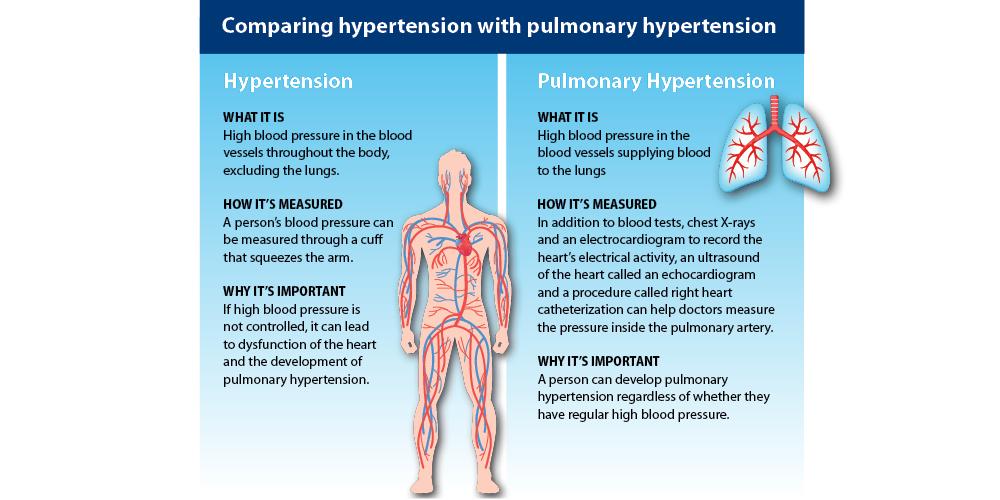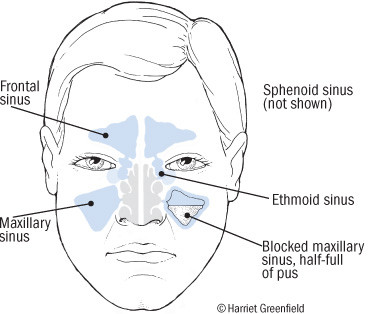Neck pain, also known as cervicalgia, is a common problem affecting many individuals at some point in their lives. While often felt in the neck, this discomfort can stem from various spinal issues. Muscular tightness in both the neck and upper back, or pinching of nerves, are common culprits. Addressing these issues is crucial for relief and prevention of further pain.

One common recommendation for alleviating shoulder pain is a simple stretching exercise. By placing your left hand on your right shoulder and cupping your left elbow with your right hand, you can gently pull your left elbow across your chest. This movement, combined with rolling your shoulders down and back, helps stretch the shoulder muscles. It’s important to perform this stretch on both sides for balanced muscle relief.
Neck pain can be particularly bothersome due to the head’s weight that the neck structures must support. The many causes of neck pain are explored in a Special Health Report from Harvard Health. This report highlights the latest treatments available for effectively relieving neck pain, even in the absence of a clear diagnosis.
Sleeping positions can also significantly impact neck pain. Sleeping on your stomach or side without proper support can strain neck muscles, leading to discomfort. Quick fixes and adjustments to sleeping habits can provide immediate relief and prevent future pain.
The nature of neck pain can vary, with acute pain often resulting from tissue injury (nociceptive pain) and chronic pain stemming from nerve damage or irritation (neuropathic pain). Understanding the source of your pain is essential for effective treatment.
Different types of neck pain, such as neck-related headaches and facet joint pain, often have no clear cause. These headaches, typically felt in the back of the head and upper neck, are usually the result of muscle tension or spasms. The pain is often dull or aching and worsens with neck movement.
Injury to muscles, ligaments, or tendons in the neck or shoulder can cause pain ranging from mild to severe. While the cause may be apparent immediately following an incident such as a fall or during sports, sometimes pain appears without a clear trigger. Identifying the exact cause of this pain can be challenging.
Shoulder pain, often resulting from overuse, can manifest as a dull ache in the side or front of the shoulder. Conditions like rotator cuff tendonitis are common, particularly in individuals over 30. Understanding the various causes of shoulder pain, including tendonitis or biceps tendon ruptures, is crucial for appropriate treatment and pain management.


